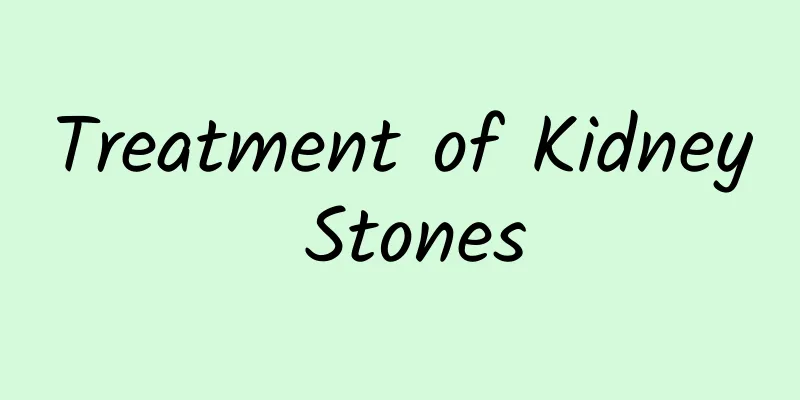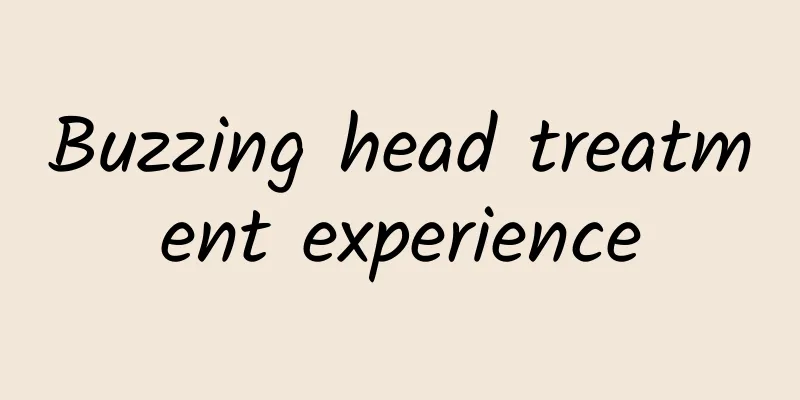How to Treat Chronic Bronchitis

|
Chronic bronchitis is a chronic disease caused by coughing. The condition will change over time, so only by correctly mastering its treatment methods can we help our body. We know that the main cause of general diseases is due to diet, but sometimes it is caused by some external environment, and sometimes it is because some minor illnesses are not treated in time, which leads to other diseases. Only by correctly mastering the methods of treating diseases can we better help patients increase their chances of recovery. Patients with chronic bronchitis will affect their normal quality of life, because no matter what kind of disease it is, whether it is chronic or acute, it will have a certain impact on our living conditions. So how do you treat chronic bronchitis? Chronic bronchitis refers to a condition in which the patient suffers from chronic cough and sputum production for more than three months each year for two consecutive years, excluding other causes of chronic cough. It is not necessarily accompanied by persistent airflow limitation. (1) Cough: Long-term, recurrent, and gradually worsening cough is a prominent manifestation of this disease. In mild cases, the disease only occurs in winter and spring, especially in the early morning before and after getting up, and there is less coughing during the day. In summer and autumn, the cough is relieved or disappears. Severe patients cough in all seasons, which is aggravated in winter and spring. They cough day and night, especially in the morning and evening. (2) The sputum is usually white, mucus and foamy. It is more common in the morning and is often difficult to cough up due to its viscosity. After infection or cold, symptoms rapidly worsen, sputum volume and viscosity increase, or it may become yellow purulent sputum or be accompanied by wheezing. Occasionally, there is blood in the sputum due to severe coughing. (3) Asthma When combined with respiratory tract infection, asthma (wheezing) symptoms may occur due to congestion and edema of the bronchiolar mucosa, sputum obstruction and bronchial lumen stenosis. The patient has a wheezing sound in the throat when breathing and a wheezing sound when auscultating the lungs. (4) Repeated infections: Recurrent respiratory infections are more likely to occur during cold seasons or when the temperature changes suddenly. At this time, the patient's asthma worsens, the amount of sputum increases significantly and becomes purulent, accompanied by general fatigue, chills, fever, etc. There are moist sounds in the lungs and an increase in white blood cell count in the blood. Repeated respiratory tract infections are particularly likely to worsen the condition of elderly patients and must be given full attention. Treatment of acute exacerbation of chronic bronchitis (1) To control infection, antimicrobial drugs should be selected based on the main pathogens and severity of the infection or based on the drug sensitivity results of the pathogens. If the patient has purulent sputum, it is an indication for the use of antibacterial drugs. Mild cases can be taken orally, while more serious cases can use intramuscular injection or intravenous drip of antibiotics. Commonly used antibiotics include penicillin G, erythromycin, aminoglycosides, quinolones, cephalosporins, etc. (2) Expectorant and antitussive drugs: In addition to anti-infection treatment, patients in the acute stage should be given expectorants and antitussive drugs to improve symptoms. Commonly used drugs include ammonium chloride mixture, bromhexine, ambroxol, carboxymethylcysteine and strong diluent. Chinese patent medicine also has a certain effect in relieving cough. For the elderly who are weak and unable to cough up sputum or those with a large amount of sputum, they should be assisted in expectoration to clear the respiratory tract. The use of cough suppressants should be avoided to prevent central nervous system depression, aggravation of airway obstruction and complications. (3) Antispasmodics and antiasthmatic drugs are usually taken orally, such as aminophylline and terbutaline, or inhaled short-acting bronchodilators such as salbutamol. If airflow limitation persists, pulmonary function testing is done. If the diagnosis of COPD is confirmed, long-acting inhaled bronchodilators, or glucocorticoids plus long-acting inhaled bronchodilators should be used if necessary. (4) Nebulizer therapy: Nebulizer inhalation can dilute secretions in the trachea and facilitate expectoration. If the sputum is thick and difficult to cough up, nebulization inhalation may be of some help. 4. Treatment of stable chronic bronchitis Pay attention to the prevention and treatment of colds: colds can cause relapse of old illnesses in patients in remission. Over a longer period of time (at least 1 year), it is important to regularly take preventive measures against colds, such as taking a flu shot or taking Chinese herbal medicine to prevent colds. The above introduces how to treat chronic bronchitis. The main cause of this condition is coughing. In the spring, the symptoms of colds will gradually increase and the probability of coughing will increase. Therefore, only by solving minor diseases can we better prevent the occurrence of some chronic diseases caused by them. If it happens, the right thing to do is to find a way to solve it. |
<<: Severe cervical spondylosis symptoms
Recommend
How many types of herpes are there? How to identify several types of viral herpes
Herpes is a very common skin disease in life. The...
Rectal diversion surgery
Rectal fistula surgery is to sew the proximal end...
How to regulate liver and gallbladder dampness and heat effectively
If you have damp-heat in the liver and gallbladde...
What causes sepsis?
Sepsis can cause great harm to the human body. Th...
The efficacy, effects and contraindications of magnolia flowers
Magnolia flower is also a common Chinese medicina...
What are the benefits of eating wild kudzu root powder?
Wild kudzu root powder is a milky white powdery s...
What ointment can be applied for vulvitis
After suffering from vulvitis, you should take me...
Why do scars turn red after drinking?
If scars occur on a person's body, they shoul...
What is tongue muscle atrophy? What are the symptoms?
Many people are unfamiliar with muscular atrophy,...
Wild Dendrobium officinale 100,000 yuan per pound
Natural Huoshan Dendrobium officinale tastes swee...
What vitamins should I take for peeling hands and feet?
Shedding of hands and feet is generally more comm...
What to do if you sprain your ligaments during splits?
In modern society, people like to do some physica...
What is dietary fiber? What are some foods high in dietary fiber?
The foods with the highest dietary fiber content ...
What are the treatment methods for fever 39 in the middle of the night?
Fever is what we call heat. Although fever is com...
Functional anejaculation?
For men, if they unfortunately suffer from functi...









